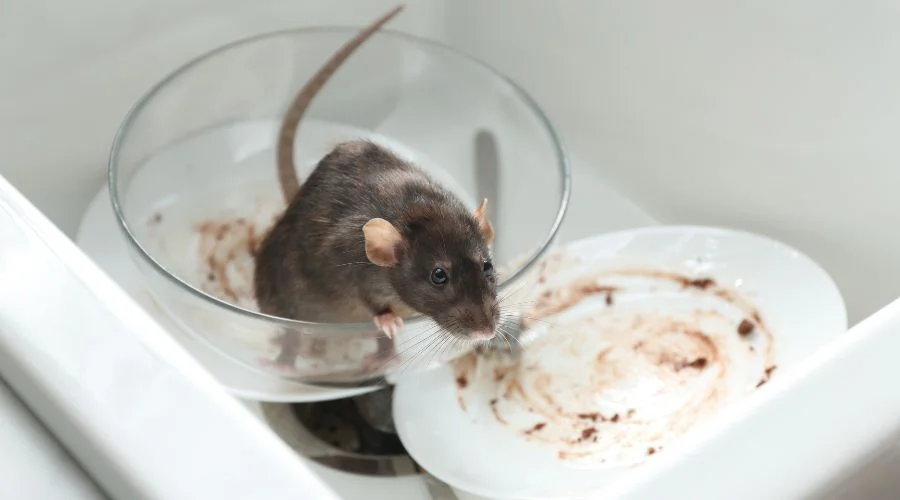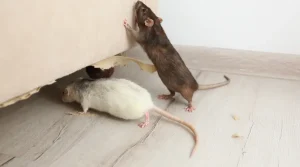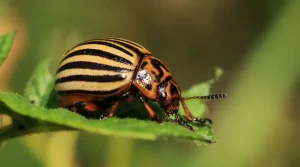Thousand Oaks, California, noted for its various terrains and lively communities, is also home to many household pests. From hectic city centers to peaceful outlying areas, homeowners throughout the Golden State often grapple with unwelcome intruders. This article aims to shed light on the common household pests in Thousand Oaks, California, providing insights into their characteristics, behaviors, and potential risks.
The most prevalent bug in Thousand Oaks, California, is undoubtedly the ant. These tiny yet persistent creatures have a knack for infiltrating homes for food and shelter, forming colonies that can quickly become a nuisance for residents.
Thousand Oaks Pest Control is your trusted partner in Thousand Oaks, CA, and neighboring regions, delivering top-tier pest management solutions. Our blend of meticulous research and industry expertise guarantees superior service.
Here’s a rundown of 13 common household pests in Thousand Oaks, California:
1. Ants: Various species, including Argentine ants, odorous house ants, and carpenter ants, are ubiquitous in Thousand Oaks, California homes. Identified by their segmented bodies, six legs, and antennae, ants seek out food and water sources, often establishing complex colonies within residences.
2. Cockroaches: Known for their resilience and rapid reproduction rates, cockroaches, such as the German cockroach and American cockroach, are frequently encountered in Thousand Oaks, California. These nocturnal pests scavenge for food at night and can spread illnesses like E. coli and salmonella.
3. Termites: Subterranean termites, in particular, pose a significant threat to Thousand Oaks, California homeowners, feeding on cellulose materials like wood and causing extensive structural damage. Winged swarmers are often the first sign of a termite infestation, indicating the presence of nearby colonies.
4. Rodents (Mice and Rats): Mice and rats seek shelter and food sources within residential properties, gnawing on various materials and carrying diseases like hantavirus and leptospirosis.
5. Spiders: While most spiders found in Thousand Oaks, California homes are harmless, species like brown recluses and black widows can deliver venomous bites. Spiders are attracted to cluttered areas and secluded spaces.
6. Bedbugs: Nocturnal feeders, bedbugs can hitchhike into homes via luggage and furniture, causing itchy welts and psychological distress.
7. Fleas: Parasites infest pets and homes, particularly in warmer regions of Thousand Oaks, California, where fleas reproduce rapidly and can cause allergic responses in humans and pets.
8. Silverfish: Drawn to moist environments, silverfish feed on starchy materials and can indicate moisture issues within homes.
9. Earwigs: Nocturnal insects with pincer-like appendages; earwigs are considered nuisance pests and may enter homes searching for shelter.
10. Fruit Flies: Attracted to fermenting fruits and decaying organic matter, fruit flies reproduce quickly, becoming a common annoyance in kitchens and trash receptacles.
11. Carpet Beetles: Consuming natural fibers like wool and silk, carpet beetles can cause damage to textiles if left unchecked.
12. Mosquitoes: Vectors for diseases like West Nile virus and Zika virus, mosquitoes are prevalent in areas with standing water, posing health risks to humans and animals.
13. House Flies: Known for spreading pathogens, house flies thrive in environments with ample food sources, necessitating proper sanitation practices to prevent infestations.
In conclusion, navigating the realm of household pests in Thousand Oaks, California can be daunting, but with awareness and proactive measures, homeowners can protect their sanctuaries. Thousand Oaks, Californians can maintain pest-free environments and ensure peace of mind in their homes by understanding common pests, recognizing signs of infestation, and employing preventive strategies. Early detection and professional pest management are crucial to effective pest control efforts.




